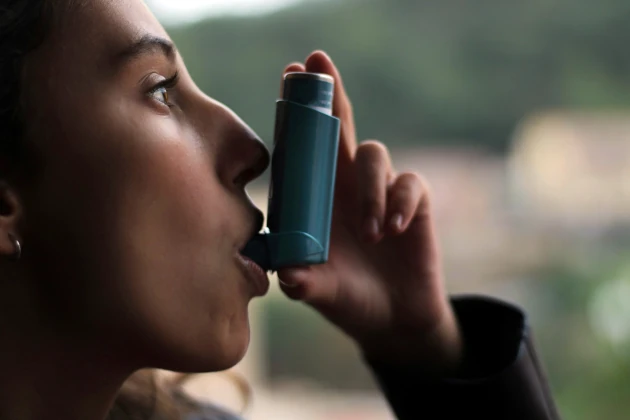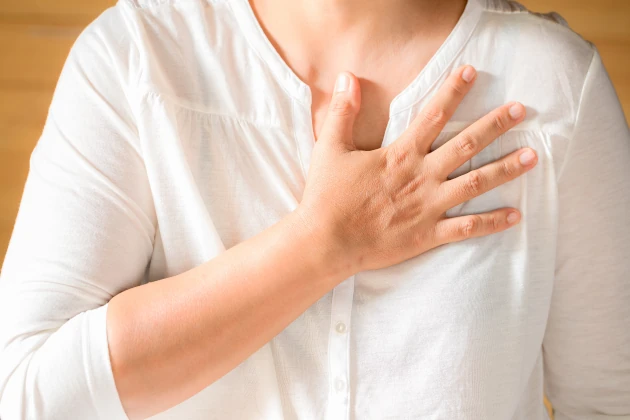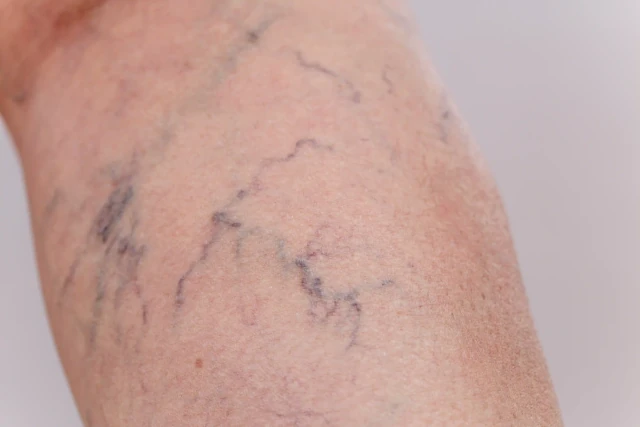
Asthma vs COPD: Key Differences, Diagnosis, Causes, Symptoms, and Self-Treatment Tips
- Dr. Kirti (MPT)
Connect with our expert physiotherapist for personalized physiotherapy advice.
Asthma and Chronic Obstructive Pulmonary Disease (COPD) are two of the most common chronic respiratory conditions. Though they share similar symptoms like breathlessness, wheezing, and chronic coughing, they are distinct in their causes, progression, and treatment. This blog highlights the key differences between asthma and COPD, their symptoms, causes, diagnostic methods, and self-care strategies.
What Is Asthma?
Asthma is a chronic condition characterized by inflammation and narrowing of the airways, often triggered by allergens or environmental irritants. It typically begins in childhood and can fluctuate over time.
Common asthma triggers include:
- Allergens (dust mites, pollen, pet dander)
- Exercise, especially in cold air
- Respiratory infections
- Strong smells or pollutants
- Stress or emotional upset
What Is COPD?
Chronic Obstructive Pulmonary Disease (COPD) is a progressive lung disease that includes chronic bronchitis and emphysema. It primarily affects older adults with a history of smoking or exposure to pollutants and typically worsens over time.
Major causes of COPD include:
- Long-term cigarette smoking
- Exposure to industrial dust, chemicals, or pollution
- Genetic factors like alpha-1 antitrypsin deficiency
- Frequent respiratory infections during childhood
Asthma vs COPD: Key Differences
| Feature | Asthma | COPD |
|---|---|---|
| Typical Onset | Childhood or early adulthood | Over age 40 |
| Cause | Allergens, environmental triggers | Long-term smoking, pollution |
| Reversibility | Often reversible with treatment | Partially or non-reversible |
| Inflammation Type | Eosinophilic | Neutrophilic |
| Progression | Episodic | Progressive and irreversible |
| Symptoms | Wheezing, shortness of breath, coughing (episodic) | Chronic cough with sputum, ongoing breathlessness |
Symptoms to Watch
- Asthma:
Asthma typically presents with symptoms that come and go, often triggered by allergens, cold air, or exercise. Key signs include:
- Shortness of breath, especially during physical activity
- Wheezing—a high-pitched whistling sound when breathing
- Chest tightness or pressure, often described as a band tightening around the chest
- Dry, persistent cough, especially at night or early morning
- COPD:
Chronic Obstructive Pulmonary Disease symptoms are progressive and mostly seen in long-term smokers or those exposed to lung irritants. Common signs include:
- Chronic cough that produces mucus (often worse in the morning)
- Frequent respiratory infections like bronchitis or pneumonia
- Ongoing fatigue and reduced exercise tolerance
- Persistent breathlessness that worsens over time

Diagnosis: Asthma vs COPD
- Spirometry:
Measures lung function and identifies airflow limitation
- Reversibility Test:
Asthma shows improvement after bronchodilators, COPD does not
- Chest Imaging:
X-rays or CT scans reveal emphysema in COPD
- Allergy Testing:
Supports diagnosis of allergic asthma
Breathing Exercises for Asthma and COPD
Breathing techniques can help improve lung efficiency, reduce breathlessness, and calm the nervous system. They are especially beneficial for people with asthma or COPD. Practicing these daily can enhance oxygen exchange and respiratory control.
- Pursed-Lip Breathing:
Inhale through your nose for 2 seconds and exhale slowly through pursed lips for 4 seconds. Helps slow breathing and prevent airway collapse.
- Diaphragmatic (Belly) Breathing:
Place one hand on your chest and one on your abdomen. Breathe in deeply through your nose, focusing on expanding your abdomen. Exhale slowly through your mouth.
- Box Breathing:
Inhale for 4 counts, hold for 4, exhale for 4, and hold again for 4. Helps control anxiety-induced breathlessness.
- Buteyko Breathing:
Focuses on nasal breathing and breath-holding techniques to reduce hyperventilation and improve CO₂ tolerance (mostly for asthma).

Self-Treatment Tips
- Quit Smoking: Essential for managing COPD and helpful for asthma
- Medication Adherence: Use inhalers regularly as prescribed
- Exercise Safely: Try low-intensity workouts like walking, yoga, or cycling
- Manage Triggers: Avoid allergens and pollutants
- Practice Breathing Techniques: Pursed-lip and diaphragmatic breathing help lung efficiency
- Stay Vaccinated: Prevent flu and pneumonia to avoid flare-ups
When to See a Doctor
Seek medical attention if you notice any of the following:
- Breathlessness during rest
- Severe wheezing or chest pain
- Blue lips or fingers (cyanosis)
- Confusion, fainting, or extreme fatigue

Frequently Asked Questions (FAQs)
- Can asthma turn into COPD?
While they are distinct, chronic unmanaged asthma may cause airway remodeling that mimics COPD symptoms over time.
- Is COPD curable?
COPD is not curable, but its progression can be slowed with early treatment and lifestyle changes.
- Can you have asthma and COPD together?
Yes, some people have Asthma-COPD Overlap Syndrome (ACOS), requiring specialized management.
- Are inhalers the same for asthma and COPD?
Some medications may overlap, but treatment plans differ. Always follow a doctor’s advice.
Conclusion
Asthma and COPD may share respiratory symptoms, but they are fundamentally different in cause, progression, and treatment. Recognizing their unique features and managing them with the right approach—including lifestyle changes, medications, and regular monitoring— can significantly improve quality of life.
Learn more about asthma and COPD from the NHS website.
Connect with our expert physiotherapist for personalized physiotherapy advice.



